(Prices correct as of today’s date, are updated daily, are subject to change and represent genuine availability at time of update).
Cruise only holidays are financially protected by ABTA. Fly cruise holidays are financially protected by Silversea under ATOL number 4681
Please click here to check the essential travel requirements before booking this cruise.
Want to add a hotel stay or change your flights?
Just call our team of cruise specialists to help build your dream cruise holiday today!
Prices based on 2 people sharing. Cruise only price does not include flights. Fly-cruise price may vary by chosen UK airport.
THE
SIXSTARCRUISES DIFFERENCE
Our sister brand SixStarCruises specialise in luxury and ultra luxury cruise holidays. Click here to view this itinerary in full and speak to one of our specialist cruise concierge today. Our team are here to help you plan your perfect cruise holiday and guide you with first-hand experience with more time on board than any other UK luxury travel agent.
EXPERTISE
SERVICE
BUSINESS
RELATIONSHIPS
CONFIDENCE
SECURITY
rated 4.8 / 5
Itinerary
Fusina
Zadar
Hvar Island
Dubrovnik
At Sea
Katakolon
Gythio
Piraeus
What's Included with
Silversea
Entertainment throughout the day and evening
Return flights included from a choice of UK airports (fly cruise bookings only)
WiFi included on-board
Gratuities included on-board
24-hour room service
Shuttle service to and from ports and airport where available
Almost 1:1 staff to guest ratio
In-suite bar replenished with your preferences
Complimentary laundry where applicable
Selected wines, beers and spirits on-board
Luxurious, all-suite accommodation
Expedition activities and on-board expert lectures on expedition sailings
Door-to-door transfers from your home (selected sailings only)
Butler service for every suite
Explore Silver Nova



The Marquee
The expansive, attractive Marquee houses two of our greatest dining successes. Thanks to Silver Nova’s groundbreaking asymmetrical design, we have been able to create an exciting new al fresco dining venue. The Marquee incorporates both The Grill and Spaccanapoli—two of Silversea’s existing signature venues, which offer guests our trademark ‘hot rocks’ culinary concept as well as what are surely the best pizzas at sea. The Marquee will welcome guests in a relaxed atmosphere, serving casual fare by day and dinner under the stars by night.
Images are intended as a general reference. Features, materials, finishes and layout may be different than shown.
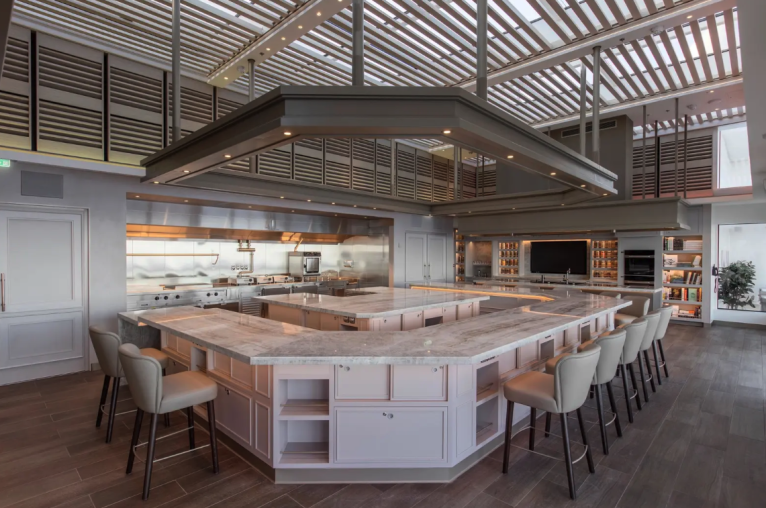
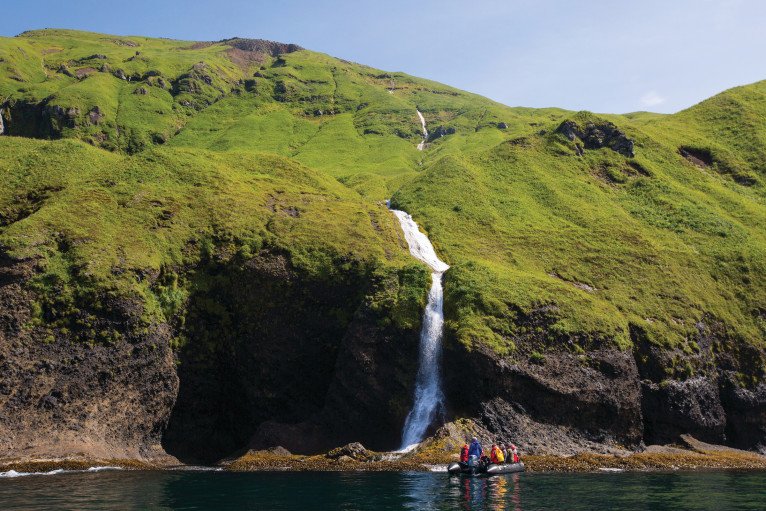
S.A.L.T. Lab
Welcome to the S.A.L.T. Lab, an interactive space where guests can deep-dive into local culinary heritage and techniques. Join our talented chefs and learn how your region’s food is central to its culture. Engage in your destination through workshops, lectures and cooking demonstrations for an authentic souvenir not available in any shop. The S.A.L.T. Lab is not just about food and flavour; it is a unique place where holistic destination immersion gives an entirely new dimension to travelling. This is where the magic happens!
Images are intended as a general reference. Features, materials, finishes and layout may be different than shown.
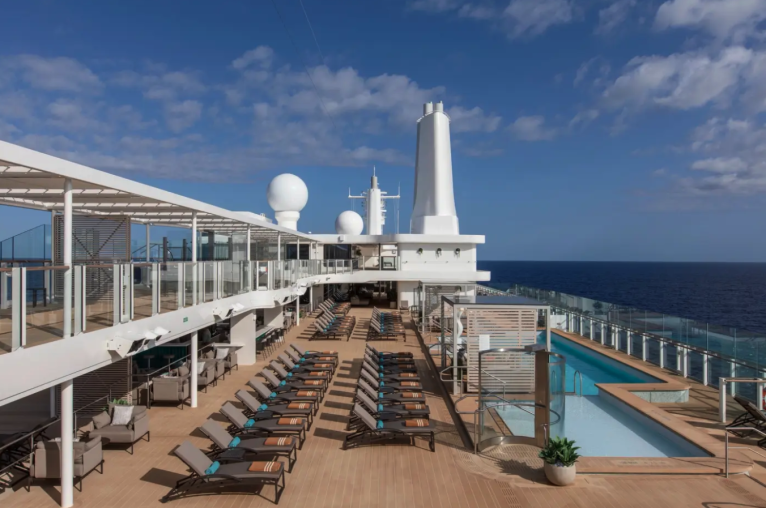

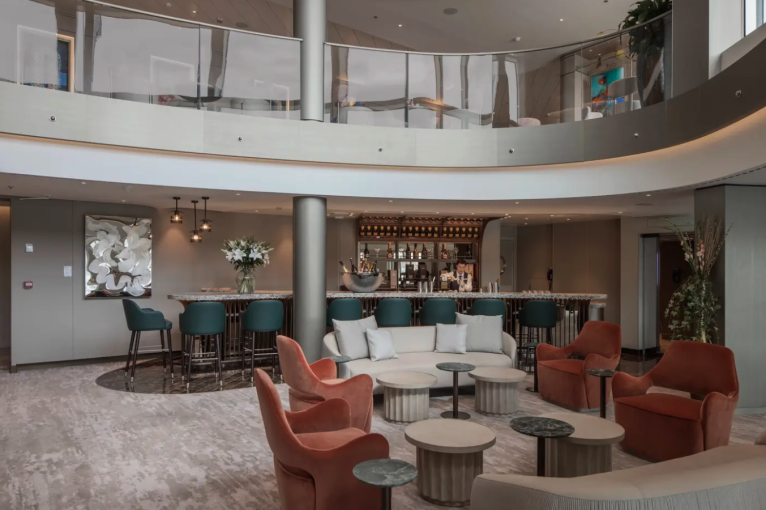
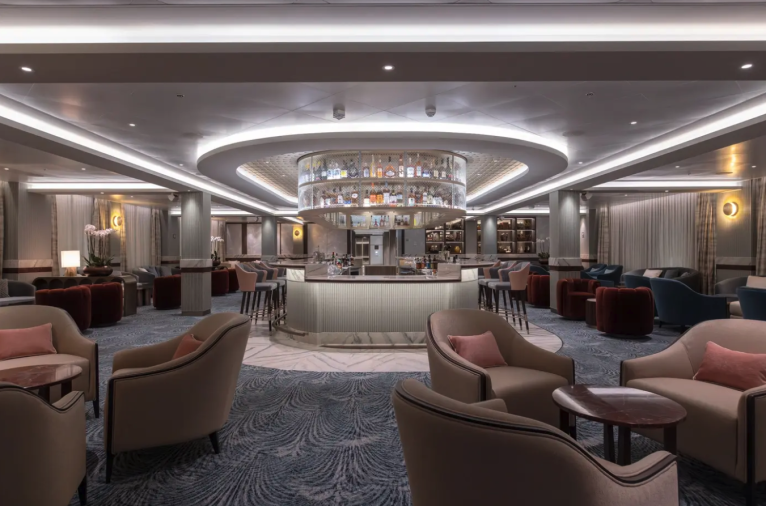


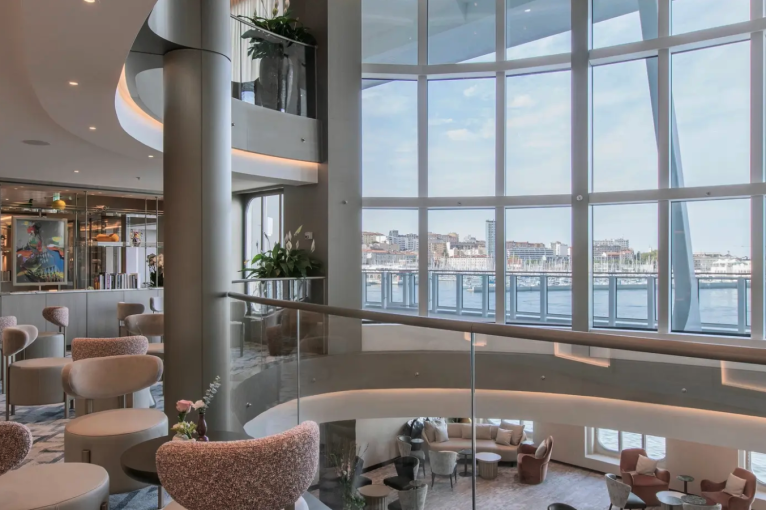

The Dusk Bar
With an emphasis on the destination, panoramic views connects you with the world beyond on The Dusk Bar. This superb open-air sky bar provides plenty of space for guests to enjoy a pre or post dinner drink, while drinking in the jaw dropping 270-degree, panoramic views from the stern. The Dusk Bar’s blessed combination of idyllic atmosphere and lovely drinks will guarantee to tick your boxes time after time. Whether you’re enjoying a Spritz in South America, a cocktail in the Caribbean or a night cap in the Mediterranean, we think The Dusk Bar’s unobstructed views give you a new perspective on sunsets at sea.
Images are intended as a general reference. Features, materials, finishes and layout may be different than shown.
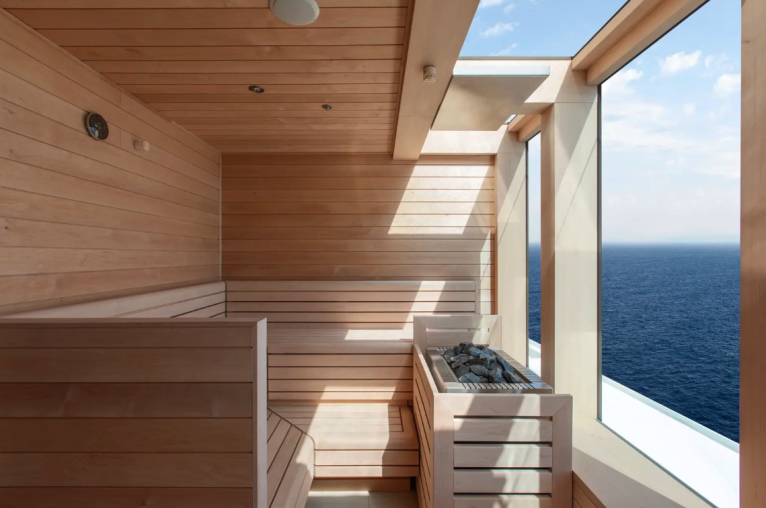
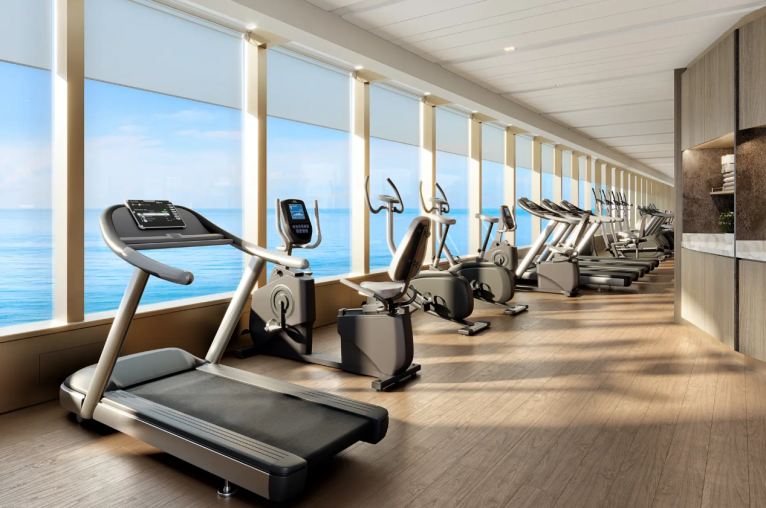
Otium Spa
Finding relaxation is one the of the principle aims of taking a cruise, so why not join us in the Otium Spa for guaranteed indulgence? Turn off your phone, slip on your robe and get ready for a bit of me time. Whether you need to unwind with a massage, perk up your skin with a facial or work up a sweat in sauna and steam room, Otium Spa offers the very latest in beauty therapy. Make every day a special occasion in Otium Spa.
Images are intended as a general reference. Features, materials, finishes and layout may be different than shown.
Deck 11

- The Cliff Whirlpool
- Sun Deck
- Elevator
Deck 10

- Observation Lounge
- S.A.L.T. Lab
- S.A.L.T. Bar
- Pool Deck
- Pool Bar
- Library
- The Marquee
- (The Grill & Spaccanapoli)
- The Dusk Bar
- Jogging Track
- Elevator
Deck 9

- Junior Grand Suite
- Classic Veranda Suite
- Superior Veranda Suite
- Premium Veranda Suite
- Medallion Suite
- Deluxe Veranda Suite
- Master Suite
- Signature Suite
- Premium Medallion Suite
- Elevator
Deck 8

- Class Veranda Suite
- Silver Suite
- Medallion Suite
- Superior Veranda Suite
- Premium Veranda Suite
- Deluxe Veranda Suite
- Owner's Suite
- Master Suite
- Premium Medallion Suite
- Signature Suite
- Elevator
Deck 7

- Grand Suite
- Classic Veranda Suite
- Medallion Suite
- Silver Suite
- Superior Veranda Suite
- Premium Veranda Suite
- Deluxe Veranda Suite
- Otium Suite
- Premium Medallion Suite
- Master Suite
- Signature Suite
- Elevator
Deck 6

- Junior Grand Suite
- Classic Veranda Suite
- Medallion Suite
- Silver Suite
- Superior Veranda Suite
- Premium Veranda Suite
- Deluxe Veranda Suite
- Signature Suite
- Master Suite
- Otium Suite
- Elevator
Deck 5

- Otium Spa
- Fitness Centre
- Beauty Salon
- Casino
- Boutique
- Dolce Vita
- Silver Note
- Connoisseur's Corner
- Panorama Lounge
- Elevator
Deck 4

- La Dame
- Venetian Lounge
- Boutique
- Reception
- Arts Café
- Shore Concierge
- Atrium
- Kaiseki
- La Terrazza
- Elevator
Deck 3

- Atlantide
- S.A.L.T. Kitchen
- The Shelter
- Elevator
Silver Nova Cabins & Suites
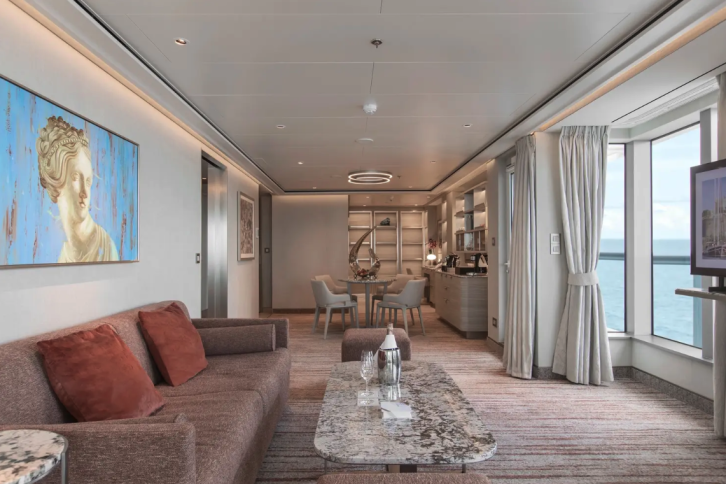
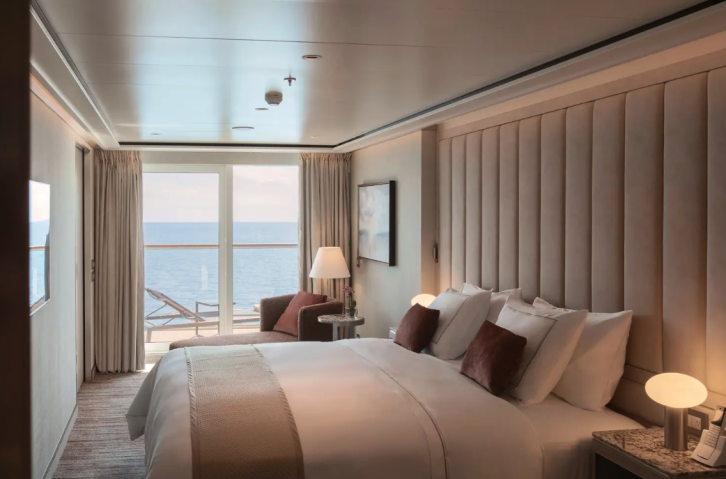


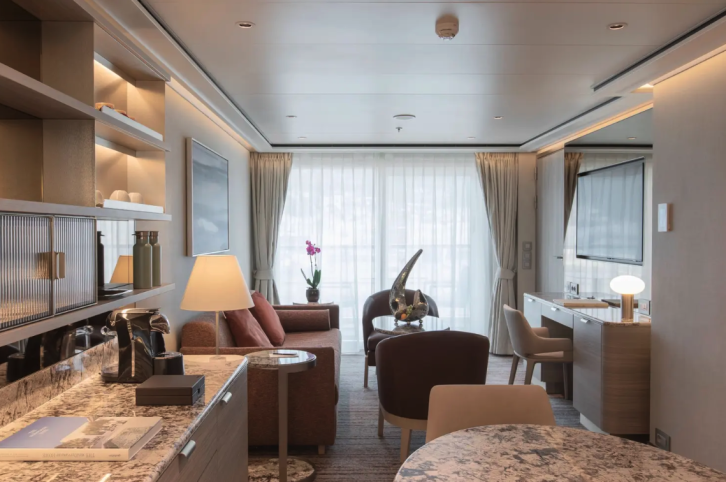




















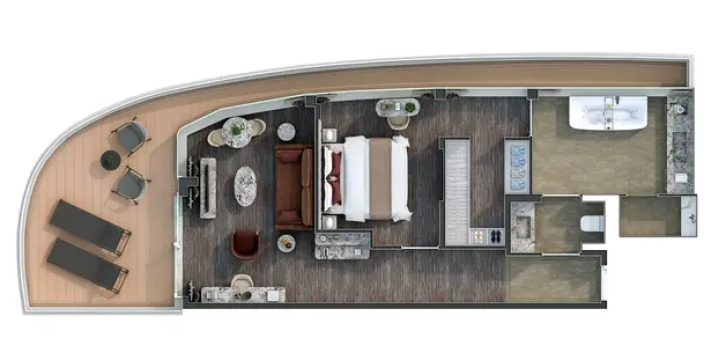








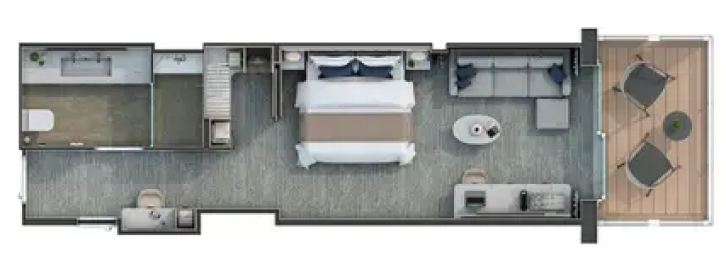
-large_thumb.jpg)









